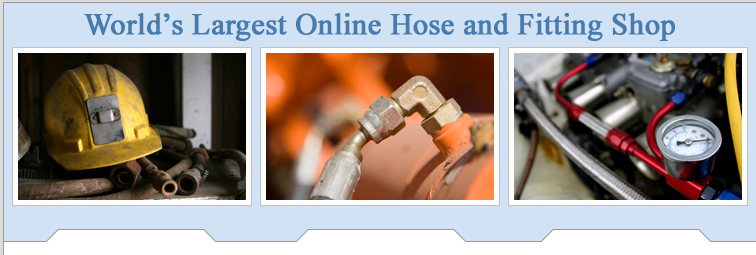Overview of orientations and types of hydraulic seals.
Hydraulic seals are available in a wide variety of orientations and different types. The basic types of hydraulic seals that are used in industrial products are rod seals, flange packing, and U-cups.When purchasing hydraulic seals, it is necessary to consider the following:- Diameter of the outer shaft
- Diameter of the inner seal
- Diameter of the housing bore
- Thickness and radial cross section
- Operating speed and pressure
- Temperature
- Vacuum rating
- Rod seal: A rod seal is a type of radial seal. It is fitted into the housing bore. The sealing lip is found in contact with the shaft.
- Piston seal: This is also a type of radial seal and is a variation of the rod seal. Here the sealing lip is in contact with the housing bore and not with the shaft. It is in the shaft where the seal is pressed.
- Symmetric and axial seals: A symmetric seal works symmetrical or equal to the piston and rod seals. The axial seal goes in contact or in axis with the housing component.
- Dynamic Seals: A dynamic seal is used to separate a fluid from possible contaminants and usually puts a gap between moving and non-moving surfaces. Finds its applications in piston ring. When selecting dynamic seals, it is necessary to focus into a variety of dimensions like inside diameters, outside diameters, radial cross section, axial cross section, and housing bore.
- Exclusion Seals: They are used to separate contaminants and debris from machine bearings and moving shafts. These hydraulic seals are further sub divided into scrapers, V-ring, and wipers. V-rings are rubber made while wipers have lip seals that are flexible. Scrapers use scraping edges in removing contaminants from the bearings.

